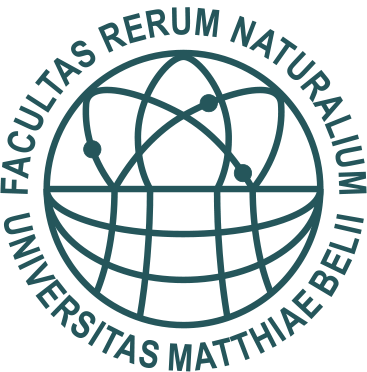In-silico design of anti-tumor inhibitors (Molecular docking)
Over the years many studies in chemistry have been devoted to searching for new drugs against different sorts of diseases. Cancer diseases are the case as well. In 1971 Judah Folkman (Harvard Medical School, Boston) published a theory in which he reported that every rapidly growing tissue needs a high amount of nutrients (especially oxygene). In other words, according to this theory all cancer tumors are angiogenesis-dependent. As Folkman believed, if we could stop a tumor from growing its own blood supply it would wither and die.
This is why inhibition of angiogenesis (new blood vessel creation) is a promising way to treat cancer diseases. Vascular Endothelial Growth Factor Receptor 2 (VEGFR2) is considered one of the most interesting target molecules in contemporary medical research looking for possible methods of suppressing or almost slowing down the process of tumor neovascularization. Therefore, inhibition of VEGFR2 is the main goal of many recent studies in pharmaceutical and medicinal chemistry. New potent inhibitors of VEGFR2 can be obtained by means of several different ways.

Figure 1: Process of tumor angiogenesis
In our research we use several computer based approaches to design (fragment-based design) or filter (mainly SAR screening and molecular docking) new organic molecules as potential inhibitors of VEGFR2 and to study their interactions with receptor’s binding site. We are looking for stronger interactions compared to those in known inhibitor-receptor complexes. By means of those methods we have proposed and subsequently theoretically tested several sets of newly-designed structures with presumed inhibitory effect on VEGFR2.

Figure 2: Potential inhibitors of VEGFR2 in its binding site
